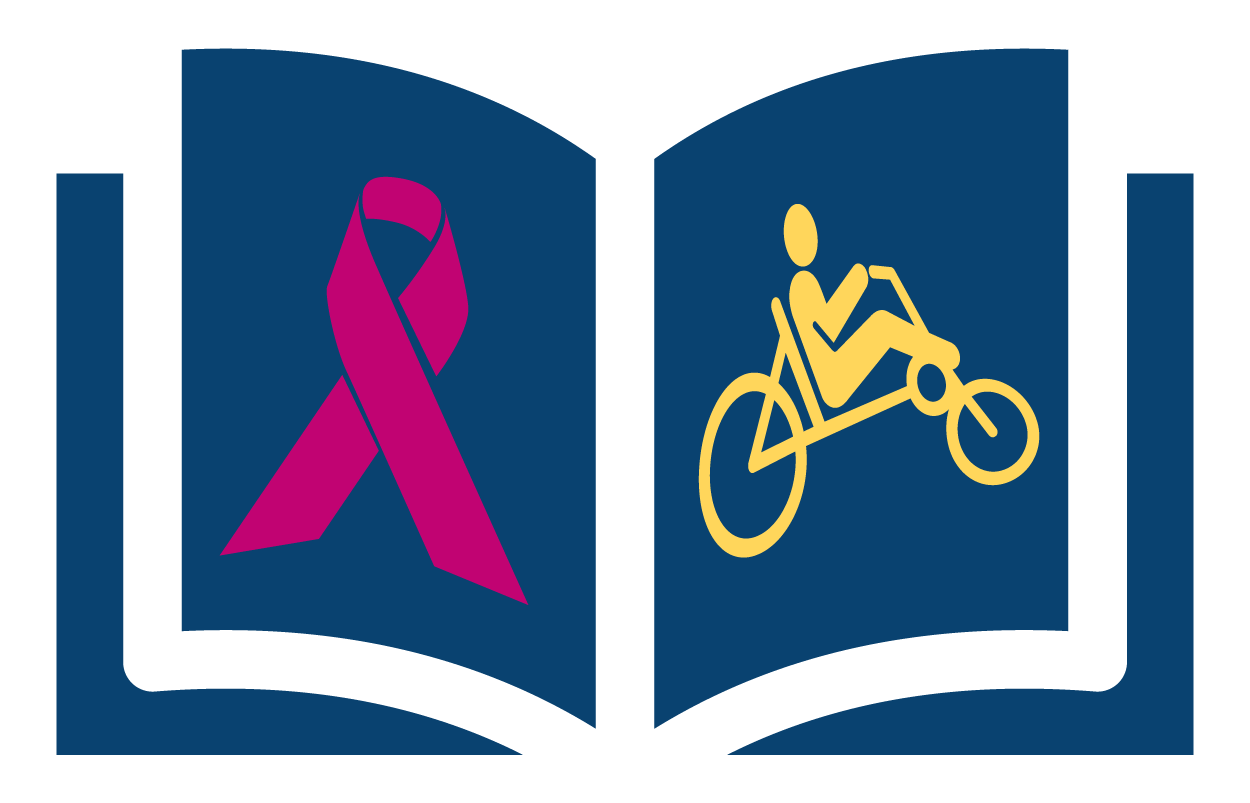10km
Our first hotel in Antakya (the Seker Palas Oteli) tested us. It was clean and we asked what we thought were all the important questions – the one question we forgot however was “do you have heat?” The answer apparently was no! They also did not have Internet, and all the Internet cafes in town closed at 6 pm. As a result, we climbed into our sleeping bags and were fast asleep by 8:30 pm.

We had planned on a couple of nights in Antakya to rest (Scott has a bit of a cough and cold), and to allow all the Bayram traffic to subside before heading to Syria. Since the room was just too cold to be habitable, we decided to move to our second choice hotel (slightly more expensive), the Hotel Saray – which is clean but also has Internet and heat (but apparently not until after 7 pm – which means it is chilly from 4:30 pm when the sun sets until the heat kicks in at about 7:30 pm). The first room they sent us to was on the uppermost floor backing onto the hamam. Unfortunately, this meant that the smoke from the hamam chimney went directly into the room – the room also smelled badly of cigarette smoke – probably because the window could not be opened for fear of hamam smoke. We were then relocated to a room on the second floor (North Americans would call it the third floor). The room we are in is small, but it does not back onto the hamam and it is clean and mostly scent free.
The lack of regular hot water does help to explain why there are many hamams in town. In our wanderings, we have seen at least three in the downtown area. If the majority of affordable hotels do not have regular hot water, and many homes only have solar hot water, than the hamam would be your only source of a hot bath during the winter months.

Antakya does not feel like any of the other places we have been in Turkey. The city is a tourist destination, but not so much for Europeans as for those from the Middle East. The primary reason people come here is for shopping (the ocean is 80 km away). The market is so large that when we exit it, we are lost and need to re-establish our bearings. It is at least 5 streets wide and 8 streets long, with lots of little alleys! The items being sold are primarily textiles and housewares. Unlike the Izmir and Istanbul, there are very few touts shouting at you trying to separate you from your money. The prices seem to be fixed, such that Becky has been completely ineffective at bargaining – that being said, the prices are also so low that there is no reason to complain either. Bargaining doesn’t seem to be as much a part of the culture / game as it is in Southeast Asia.
In the first couple of days, it appeared to Becky that more than 80% of the women were wearing Hijab. Interestingly, Scott did not have the same impression. We think this is partially because Becky was walking around the markets on her own – in a different part of town. The area closer to the first hotel is much more conservative than the more central area near the second hotel. There may also have been more women dressing conservatively whilst doing family visits for Bayram. As are stay progressed, we saw less and less women wearing Hijab.

What has been a real difference here compared to Goreme is that we are seeing women. Even in the more conservative shops in the market, the women are present. Becky had a fun time (with Scott’s help and encouragement) picking out a head scarf. We went into one of the shops where the sales staff were mostly girls in their late teens / early twenties. Becky was totally nervous about doing this, and had passed by the shop earlier in the day when she was on her own. Once we entered, we selected a scarf and one of the girls dressed Becky up and then given a lesson on how to dress herself. It was rather amusing given that there was very little shared language. Becky’s lack of colour coordination and some of Scott’s scarf selections were a source of many giggles.
Antakya also has some special foods that are influenced by its proximity to the Arab countries. In particular we have enjoyed more of the sweet pastry with cheese (Kufeke) and we tried a new dessert that is a candied cabbage with tahini drizzled over it.
We made a quick stop at the Antakya Archeology museum. Neither of us are very interested in archeology, but our guidebook mentioned that this museum has one of the best collections of mosaics in the world. We definitely enjoyed seeing the mosaics. We were also amused with the common practice of posing behind one of the headless statues. Becky couldn’t resist making Scott pose. 
On Friday night, we heard a knock on our door. A couple of other touring cyclists from the UK, Peter and Wendy, had pulled in and planned to spend a couple days in Antakya. We have had a few discussions with them and have learned a few key tricks from their experiences (like how to cook your own dinner in a hotel room). They too are heading to Aleppo, and are also taking their time to experience various locations along the way. Their final destination is Australia in about two years time. I suspect our paths may cross a few more times before leaving the Middle East.



Leave a Reply